Inagaki Tomoo: Another modern interpretation of Shin Hanga
Inagaki Tomoo (1902-1980) was a prominent 20th-century Japanese artist renowned for his intricate woodblock prints, particularly his depictions of animals. Inagaki was a key figure in the Sōsaku Hanga (‘creative print’) movement, which emphasized the artist’s direct involvement in all stages of print production – from design to carving to printing – setting it apart from the traditional ukiyo-e process, where these tasks were divided among specialists.
 Cat and Christmas Tree, Inagaki Tomoo. Source: ukiyo-e.orgꜛ
Cat and Christmas Tree, Inagaki Tomoo. Source: ukiyo-e.orgꜛ
Biography
Inagaki Tomoo (稲垣 知雄), born in 1902 in Tokyo, Japan, was a prominent 20th-century Japanese artist renowned for his intricate woodblock prints, particularly his depictions of animals. Inagaki was a key figure in the Sōsaku Hanga (‘creative print’) movement, which emphasized the artist’s direct involvement in all stages of print production — from design to carving to printing — setting it apart from the traditional ukiyo-e process, where these tasks were divided among specialists.
Inagaki’s early life and education were deeply influenced by the artistic environment of Tokyo, where he was exposed to both traditional Japanese art and Western techniques. He studied Western-style painting at the Tokyo School of Fine Arts, where he was trained in drawing and oil painting. This formal education provided him with a strong foundation in both Eastern and Western artistic traditions, which would later inform his unique style.
Inagaki’s career as a printmaker began in the 1930s, during which he became known for his woodblock prints of animals, particularly cats. His love for animals is evident in his work, where he captured their forms and movements with remarkable precision and sensitivity. Over the years, his prints became celebrated for their attention to detail, elegant simplicity, and the expressive use of line and color.
Inagaki’s work was widely exhibited in Japan and internationally, and he received numerous awards for his contributions to the art of printmaking. He continued to produce prints throughout his life, constantly refining his technique and exploring new themes. Inagaki Tomoo passed away in 1980, leaving behind a legacy as one of the most skilled and respected woodblock print artists of his generation.
Artistic style and significance
Inagaki Tomoo is best known for his woodblock prints of animals, which are celebrated for their simplicity, elegance, and the artist’s deep understanding of his subjects. His work is a quintessential example of the Sōsaku Hanga movement, where the artist’s personal vision and craftsmanship are paramount.
The elegance of simplicity
Inagaki’s prints are characterized by their minimalist compositions and the careful, deliberate use of line and color. He often employed a limited color palette, allowing the shapes and forms of his subjects to take center stage. This simplicity is deceptive, as it requires a high level of skill to convey the essence of an animal with just a few lines and carefully placed colors.
His most famous works often feature animals — cats, owls, and other creatures — rendered with a sense of grace and quiet dignity. Inagaki’s ability to capture the personality and spirit of each animal, using only the most essential elements, is what makes his prints so distinctive. The elegance of his lines and the balance of his compositions give his work a timeless quality that continues to resonate with viewers.
The influence of Japanese and Western art
Inagaki’s style reflects a fusion of traditional Japanese aesthetics with the influences of Western art, particularly in his approach to form and composition. His use of space, the simplicity of his designs, and the emphasis on the essence of his subjects are rooted in Japanese artistic traditions. However, his exploration of texture, shading, and the play of light and dark also shows the influence of Western techniques, particularly those of modernist art.
Inagaki was deeply influenced by the natural world, and this is reflected in his careful observation of animals and his ability to depict them with both accuracy and artistic flair. His prints often convey a sense of serenity and contemplation, inviting viewers to appreciate the beauty of nature in its most distilled form.
Legacy and impact
Inagaki Tomoo is remembered as a master of woodblock printing and a key figure in the Sōsaku Hanga movement. His work is celebrated for its technical excellence, artistic simplicity, and the deep affection for his subjects that shines through in every print. Inagaki’s prints are highly valued by collectors and continue to be admired for their beauty and craftsmanship.
Inagaki’s influence extends beyond his own body of work; he inspired a generation of printmakers to explore the possibilities of the Sōsaku Hanga movement, emphasizing the importance of the artist’s personal vision and direct involvement in the creative process. His legacy as an innovator who blended tradition with modernity ensures that his work remains a significant part of Japan’s artistic heritage.
Notable Works
Throughout his career, Inagaki Tomoo produced numerous works that are considered masterpieces of modern Japanese woodblock printing. Here are some of his most famous pieces:
 Cat Calling Kittens, Inagaki Tomoo ,c. 1970. Source: ukiyo-e.orgꜛ
Cat Calling Kittens, Inagaki Tomoo ,c. 1970. Source: ukiyo-e.orgꜛ
 Long-tailed Cat, Inagaki Tomoo, 1958. Source: ukiyo-e.orgꜛ
Long-tailed Cat, Inagaki Tomoo, 1958. Source: ukiyo-e.orgꜛ
 White Cat and Black Cat, Inagaki Tomoo, c. 1970. Source: ukiyo-e.orgꜛ
White Cat and Black Cat, Inagaki Tomoo, c. 1970. Source: ukiyo-e.orgꜛ
 Cat in Bush, Inagaki Tomoo. Source: ukiyo-e.orgꜛ
Cat in Bush, Inagaki Tomoo. Source: ukiyo-e.orgꜛ
 Two Cats and Sunset, Inagaki Tomoo. Source: ukiyo-e.orgꜛ
Two Cats and Sunset, Inagaki Tomoo. Source: ukiyo-e.orgꜛ
 Anemone, Inagaki Tomoo, 1948. Source: ukiyo-e.orgꜛ
Anemone, Inagaki Tomoo, 1948. Source: ukiyo-e.orgꜛ
 Otafuku, Inagaki Tomoo, 1957. Source: ukiyo-e.orgꜛ
Otafuku, Inagaki Tomoo, 1957. Source: ukiyo-e.orgꜛ
 Black Cat, Inagaki Tomoo, 1960s. Source: ukiyo-e.orgꜛ
Black Cat, Inagaki Tomoo, 1960s. Source: ukiyo-e.orgꜛ
 Landscape, Inagaki Tomoo. Source: ukiyo-e.orgꜛ
Landscape, Inagaki Tomoo. Source: ukiyo-e.orgꜛ
 Landscape with the Radio Wave Towers, Inagaki Tomoo, 1925. Source: ukiyo-e.orgꜛ
Landscape with the Radio Wave Towers, Inagaki Tomoo, 1925. Source: ukiyo-e.orgꜛ
 Bunraku Puppet, Inagaki Tomoo, c. 1930s. Source: ukiyo-e.orgꜛ
Bunraku Puppet, Inagaki Tomoo, c. 1930s. Source: ukiyo-e.orgꜛ
 Friendly Cats, Inagaki Tomoo, late 20th c. Source: ukiyo-e.orgꜛ
Friendly Cats, Inagaki Tomoo, late 20th c. Source: ukiyo-e.orgꜛ
 Shinya (Midnight), Inagaki Tomoo, 1953. Source: ukiyo-e.orgꜛ
Shinya (Midnight), Inagaki Tomoo, 1953. Source: ukiyo-e.orgꜛ
 Black Cat, Inagaki Tomoo, c. 1975. Source: ukiyo-e.orgꜛ
Black Cat, Inagaki Tomoo, c. 1975. Source: ukiyo-e.orgꜛ
 Two Good Luck Cats, Inagaki Tomoo. Source: ukiyo-e.orgꜛ
Two Good Luck Cats, Inagaki Tomoo. Source: ukiyo-e.orgꜛ
 Four Cats, Inagaki Tomoo. Source: ukiyo-e.orgꜛ
Four Cats, Inagaki Tomoo. Source: ukiyo-e.orgꜛ
 Chrysanthemums, Inagaki Tomoo, 1947. Source: ukiyo-e.orgꜛ
Chrysanthemums, Inagaki Tomoo, 1947. Source: ukiyo-e.orgꜛ
 Cat No. 15, Inagaki Tomoo. Source: ukiyo-e.orgꜛ
Cat No. 15, Inagaki Tomoo. Source: ukiyo-e.orgꜛ
 Stuffed Doll (Male), Inagaki Tomoo, 1956. Source: ukiyo-e.orgꜛ
Stuffed Doll (Male), Inagaki Tomoo, 1956. Source: ukiyo-e.orgꜛ
 Cat’s Parade, Inagaki Tomoo, mid-20th century. Source: ukiyo-e.orgꜛ
Cat’s Parade, Inagaki Tomoo, mid-20th century. Source: ukiyo-e.orgꜛ
 Camellia, Inagaki Tomoo, 1924. Source: ukiyo-e.orgꜛ
Camellia, Inagaki Tomoo, 1924. Source: ukiyo-e.orgꜛ
 Record of My Crop, Inagaki Tomoo, 1955. Source: ukiyo-e.orgꜛ
Record of My Crop, Inagaki Tomoo, 1955. Source: ukiyo-e.orgꜛ
 Two Cats, Inagaki Tomoo. Source: ukiyo-e.orgꜛ
Two Cats, Inagaki Tomoo. Source: ukiyo-e.orgꜛ
 Chrysanthemums, Inagaki Tomoo, 1975. Source: ukiyo-e.orgꜛ
Chrysanthemums, Inagaki Tomoo, 1975. Source: ukiyo-e.orgꜛ
 Senobi suru neko (Stretching Cat), Inagaki Tomoo, 1963. Source: ukiyo-e.orgꜛ
Senobi suru neko (Stretching Cat), Inagaki Tomoo, 1963. Source: ukiyo-e.orgꜛ
 Laboratory Still Life, Inagaki Tomoo, 1949. Source: ukiyo-e.orgꜛ
Laboratory Still Life, Inagaki Tomoo, 1949. Source: ukiyo-e.orgꜛ
 Table Top, Inagaki Tomoo, 1949. Source: ukiyo-e.orgꜛ
Table Top, Inagaki Tomoo, 1949. Source: ukiyo-e.orgꜛ
 Chatting Cats, Inagaki Tomoo, 1956. Source: ukiyo-e.orgꜛ
Chatting Cats, Inagaki Tomoo, 1956. Source: ukiyo-e.orgꜛ
 Profile, Inagaki Tomoo, 1953. Source: ukiyo-e.orgꜛ
Profile, Inagaki Tomoo, 1953. Source: ukiyo-e.orgꜛ
 Angel in Yakushi Temple, Inagaki Tomoo, 1944. Source: ukiyo-e.orgꜛ
Angel in Yakushi Temple, Inagaki Tomoo, 1944. Source: ukiyo-e.orgꜛ
 Two Cats - Black and White, Inagaki Tomoo. Source: ukiyo-e.orgꜛ
Two Cats - Black and White, Inagaki Tomoo. Source: ukiyo-e.orgꜛ
 Cat and Christmas Ornaments, Inagaki Tomoo. Source: ukiyo-e.orgꜛ
Cat and Christmas Ornaments, Inagaki Tomoo. Source: ukiyo-e.orgꜛ


Two actor portraits, Inagaki Tomoo, 1931. Source: ukiyo-e.orgꜛ (left) and ukiyo-e.orgꜛ (right)
Conclusion
Inagaki Tomoo is celebrated as a master of woodblock printing and a key figure in the Sōsaku Hanga movement. His work, characterized by its elegant simplicity, attention to detail, and deep connection to the natural world, continues to be highly regarded for its artistic beauty and technical excellence. Inagaki’s legacy as an artist who blended traditional Japanese techniques with modern sensibilities ensures that his work remains influential and cherished in the world of Japanese art.
References and further reading
- Chris Uhlenbeck, Jim Dwinger, Philo Ouweleen, Shin Hanga - Die »Neuen Drucke« Japans 1900-1950, 2022, Hatje Cantz, ISBN: 9783775752190
- viewingjapaneseprints.netꜛ
- Inagaki Tomoo on ukiyo-e.orgꜛ

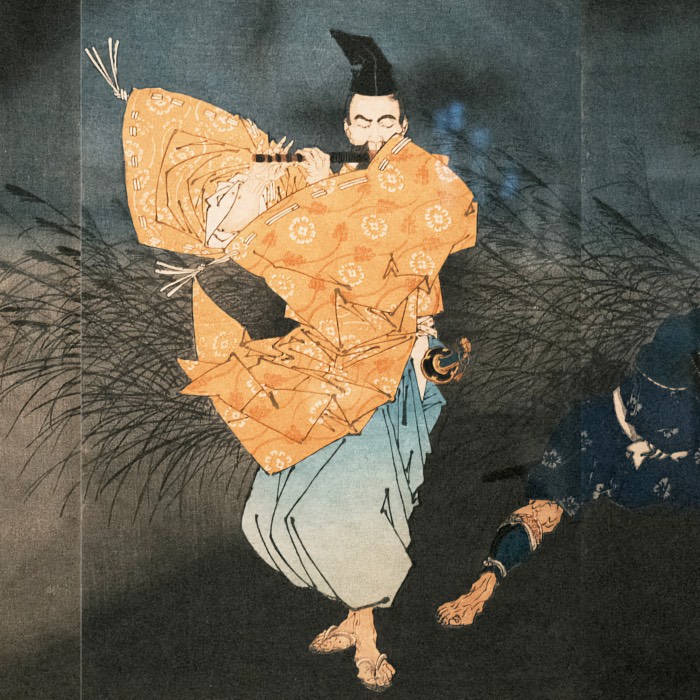
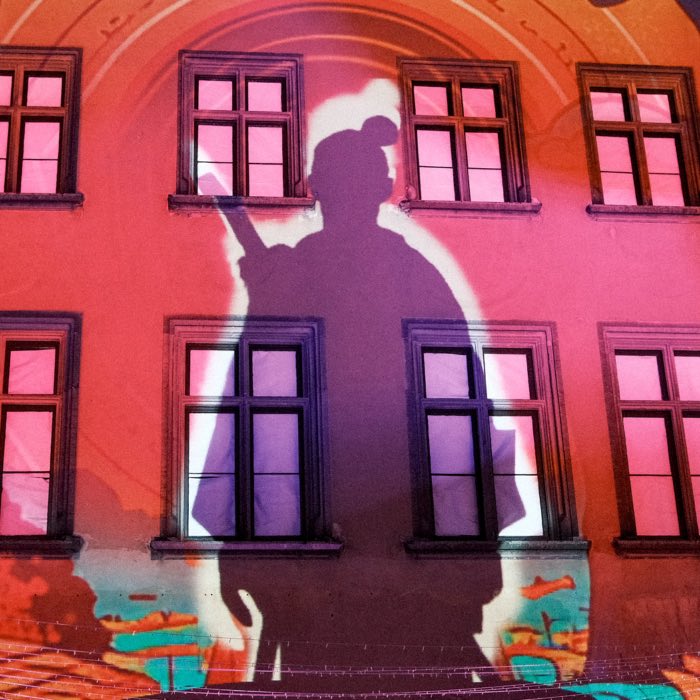
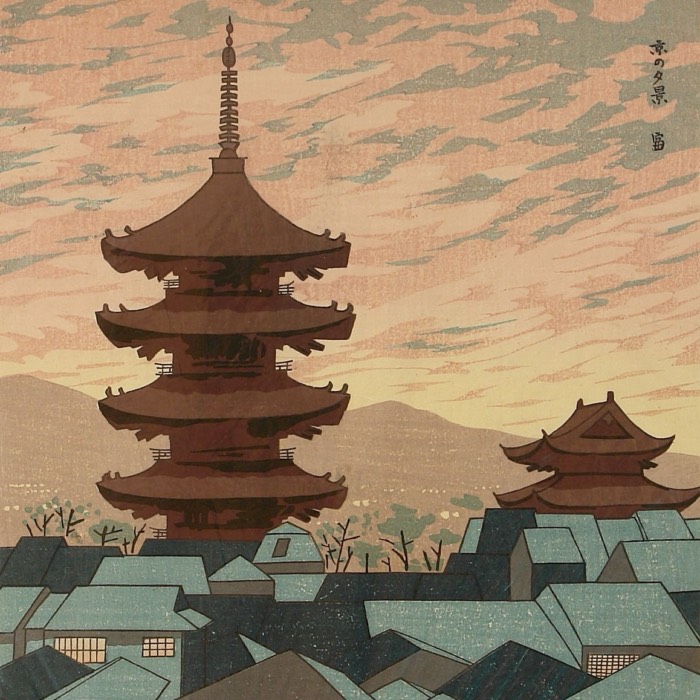
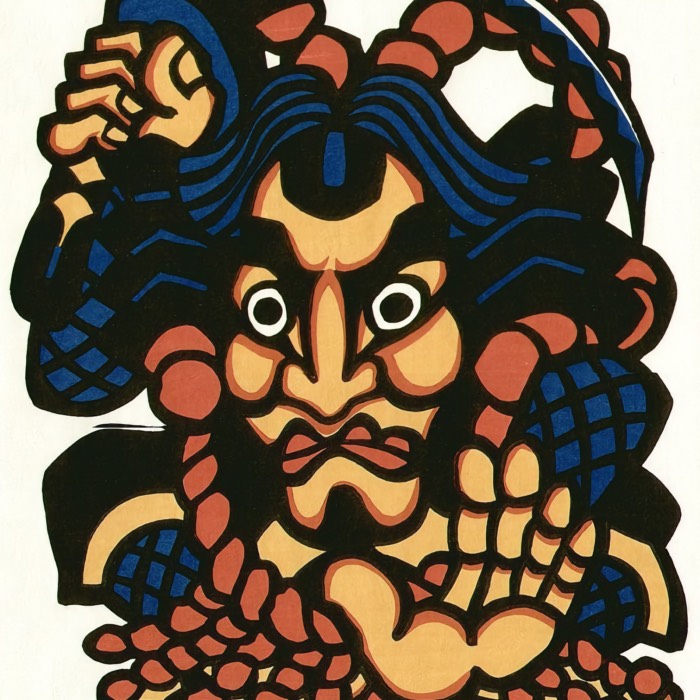
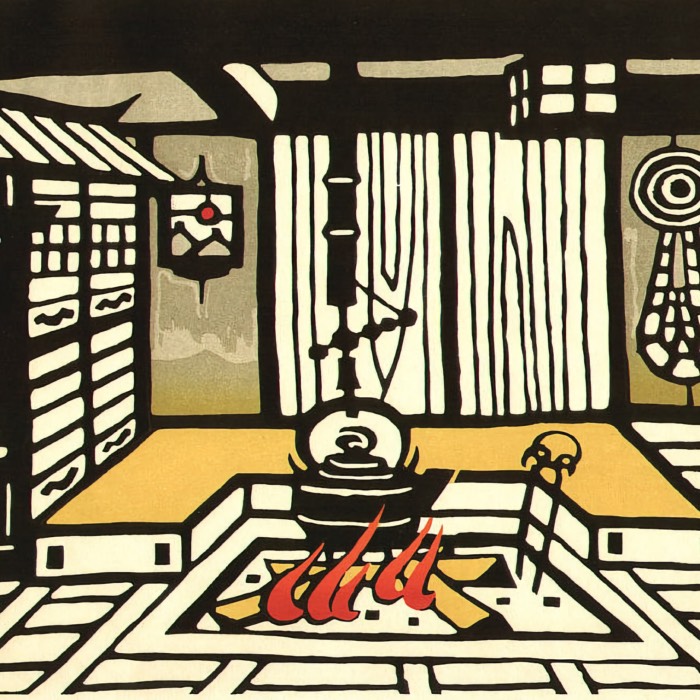
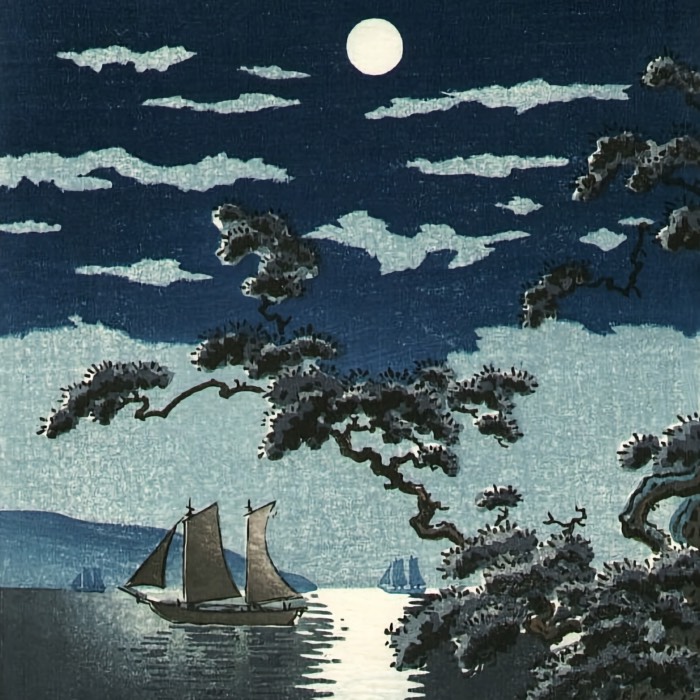
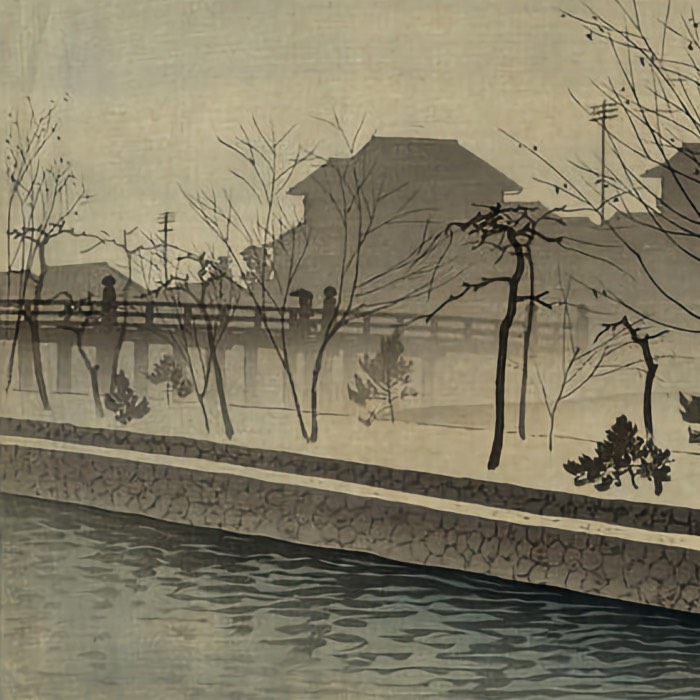
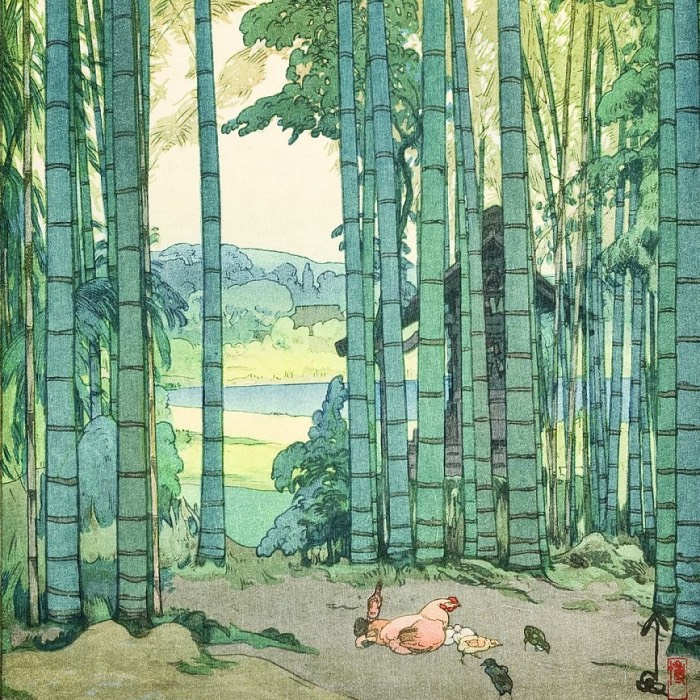
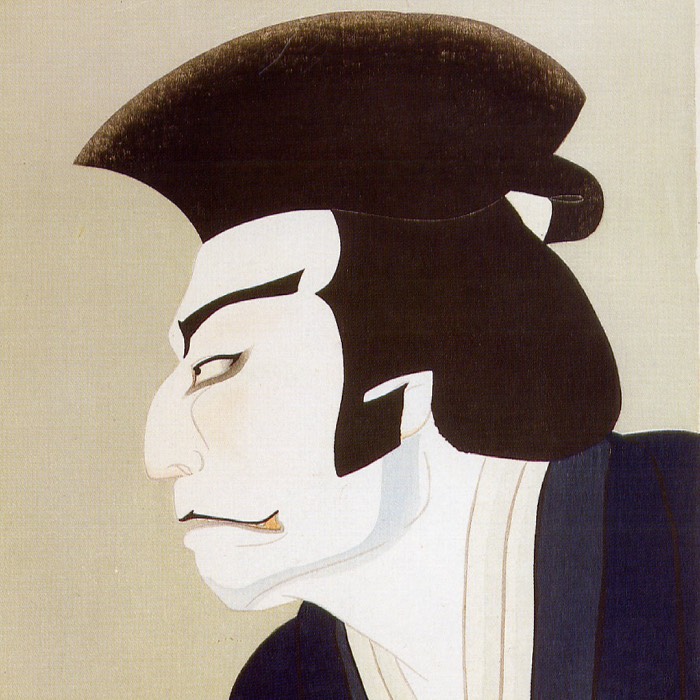
comments